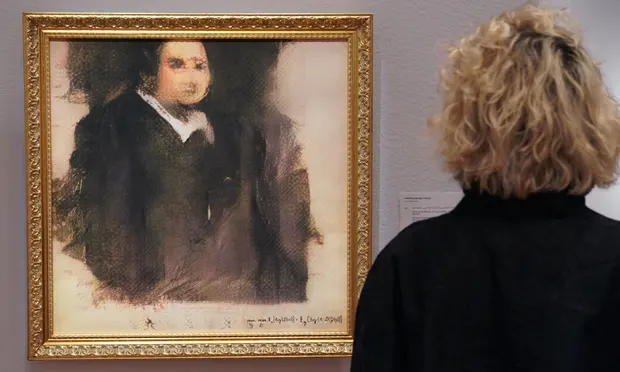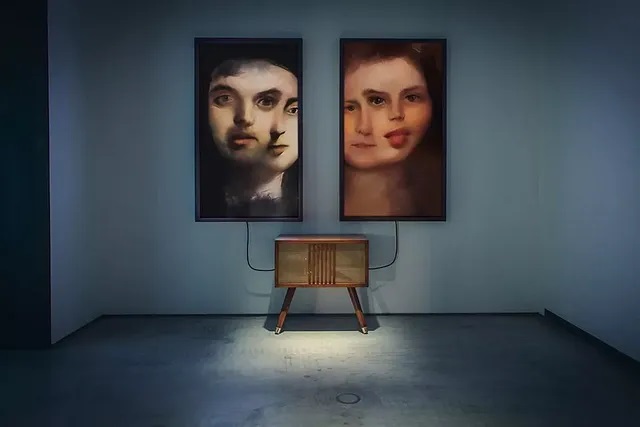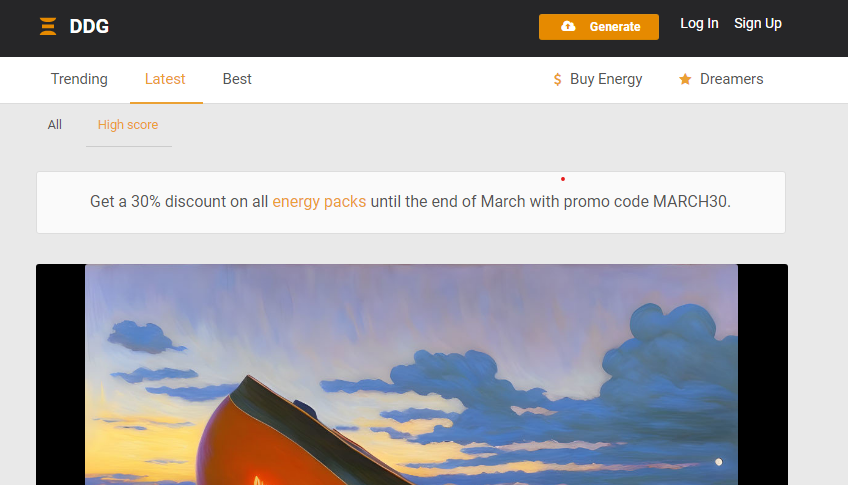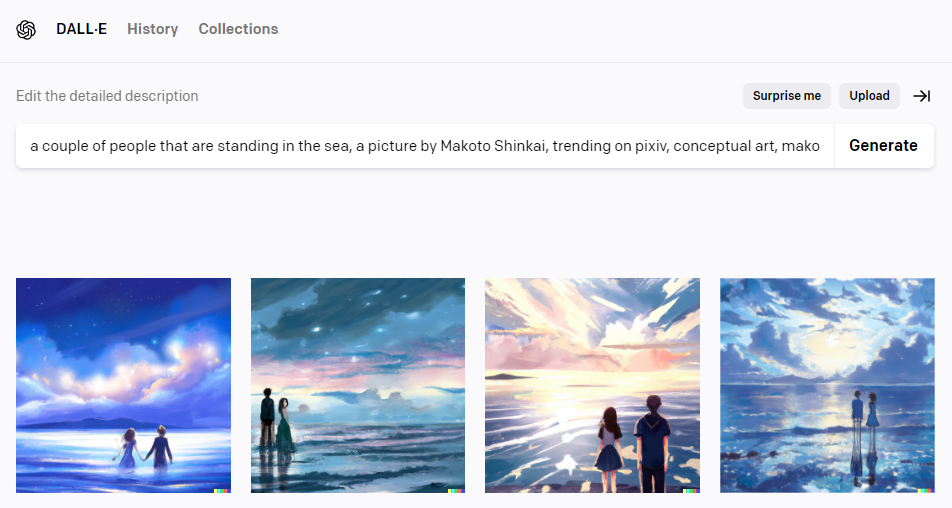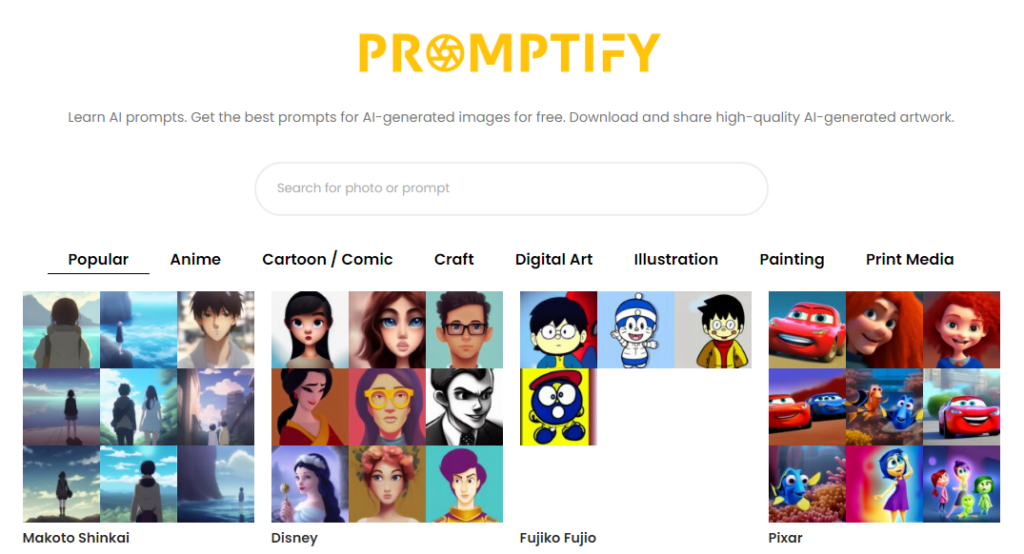As technology continues to shape the art world, more and more artists are turning to AI art generation tools to create original and innovative artworks. From digital paintings to sculptures and installations, AI-generated art is transforming the way we think about art and creativity. In this guide, we’ll explore how artists can collaborate with AI to create original works of art.
What the is AI Art Generation and Why Should Artists Care?
AI art generation refers to the use of algorithms and machine learning to create original artworks. These algorithms can analyze existing artworks, patterns, and styles, and generate new images that are similar but not identical to the original data. The process of AI art generation involves training an algorithm on a dataset of images, and then using that algorithm to generate new images based on that training data. This process can be used to create anything from abstract compositions to realistic portraits.
AI-generated art is already making waves in the art world. Below are some cool examples!
- “Portrait of Edmond de Belamy“: In 2018, the first AI-generated artwork to be sold at auction made headlines when it sold for $432,500. Created by the French art collective Obvious, the portrait was generated using a GAN and raised questions about the role of AI in the art world. The success of the artwork also led to a renewed interest in AI-generated art and its potential to transform the art world.
Image Source From The Guardian
- Mario Klingemann’s “Memories of Passersby I”: Sold for $51,000 at Sotheby’s in 2019, this AI-generated artwork was created by German artist Mario Klingemann. Using a neural network trained on a dataset of historical portraits, the constantly evolving image challenges the traditional definition of a portrait.
Image Source From Art Dip
How to Make Your Art Come Alive with AI?
If you’re an artist looking to collaborate with AI, there are a variety of tools and platforms available that can help you get started. Some popular options include:
- Artbreeder: a platform that allows users to mix and blend different images to create unique and original artworks.
- DeepDream: a tool that uses neural networks to create dream-like images from existing photos.
- DALL-E 2: a generative model that can create images from textual descriptions.
When choosing an AI tool or platform, it’s important to consider your artistic goals and the specific features and capabilities of each tool. Some tools may be more suited to creating abstract compositions, while others may be better for creating realistic portraits or landscapes.
It’s also important to experiment with different settings and parameters to achieve the desired effect. For example, adjusting the color palette or the level of detail in the algorithm can dramatically change the look and feel of the resulting image.
Not quite sure how to start your experiment? Be sure to visit Stable Diffusion Prompt Guide. Learn about the theory behind this AI model, as well as practical tips for using generating stunning AI art with different text prompts.
Is AI Art Generation Legal? Navigating the Copyright Maze
As with any new technology, there are legal and ethical considerations when using AI-generated art. Copyright is a particularly complex issue, as it raises questions about who owns the rights to AI-generated works and whether they can be considered original or derivative works.
To avoid copyright issues, it’s important to be aware of the legal and ethical considerations when using AI-generated art. This includes seeking permission or licenses when necessary, and giving credit to the source of any AI-generated art used in a larger artwork or project.
It’s also important to consider the potential impact of AI-generated art on the art world and society as a whole. Some critics argue that AI-generated art could lead to a devaluation of human creativity, while others see it as a new frontier in artistic expression.
Collaborating with AI can be a powerful way to create original and innovative works of art. By using AI art generation tools and platforms, artists can explore new styles, techniques, and possibilities that were previously unimaginable. As AI-generated art continues to evolve and mature, it has the potential to transform the art world and redefine what it means to be a creative artist.
Are you currently exploring the world of Text-to-Image AI Art generation? If so, come and visit Promptify to get inspired with our AI prompt samples. Our platform provides a wide range of AI-generated art prompts to help spark your creativity and explore the possibilities of AI-generated art. With our user-friendly interface and helpful resources, you can easily experiment with AI algorithms and create unique and original artworks.
Not quite sure what is Text-to-Image AI Art generation? Be sure to visit Promptify’s Stable Diffusion Prompt Guide. Our guide provides a comprehensive overview of Stable Diffusion, a powerful AI algorithm used for generating high-quality images from textual prompts. With our guide, you can learn about the theory behind Stable Diffusion, as well as practical tips for using the algorithm to create stunning AI-generated art. So why wait? Visit Promptify today and take your Text-to-Image AI Art generation to the next level with Stable Diffusion!
- Tips and Tricks
- March 31, 2023

